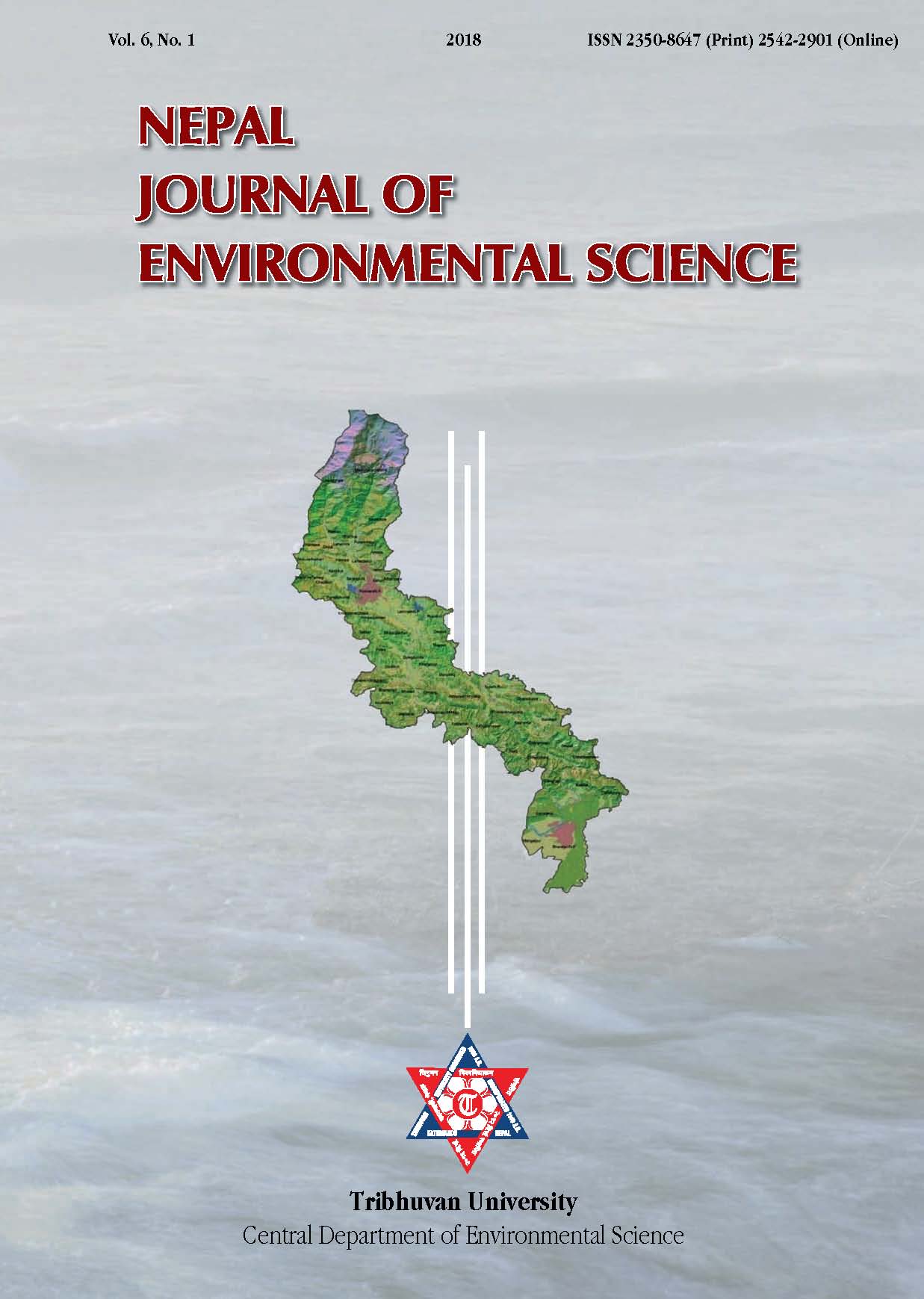Small cats in Nepal: Conservation status of felinae sub-family in the country
DOI:
https://doi.org/10.3126/njes.v6i0.30153Keywords:
Asiatic golden cat, Mammals, Protected species, Threats, Wild felidsAbstract
Twelve species of wild felids representing six lineages are found in Nepal, of which four are from Panthera lineages. Remaining eight species from non-panthera lineages is represented as poorly studied groups with limited information available for Nepal hindering effective conservation intervention. Thus, this review paper aimed to identify the status focusing on the distribution and threats of the cat species using review based approach. Among the small cats, jungle cat has the largest distribution range in Nepal, while occurrence of marbled cat has been verified recently from eastern Nepal. Fishing cats are recorded throughout low-lands of Nepal, while rusty spotted cats are recorded from western low-lands of Nepal and Asiatic golden cat have been documented from Mid-hills regions. Two species of small cat, i.e. Eurasian Lynx and Leopard Cat are protected by Nepalese law. Though there is a fair amount of information to make prediction about the distribution range, population level data are largely unavailable. Therefore, an explorative study on distribution followed by population level ecology in Nepal is essential.
Downloads
Downloads
Published
How to Cite
Issue
Section
License
This license enables reusers to distribute, remix, adapt, and build upon the material in any medium or format for noncommercial purposes only, and only so long as attribution is given to the creator.

